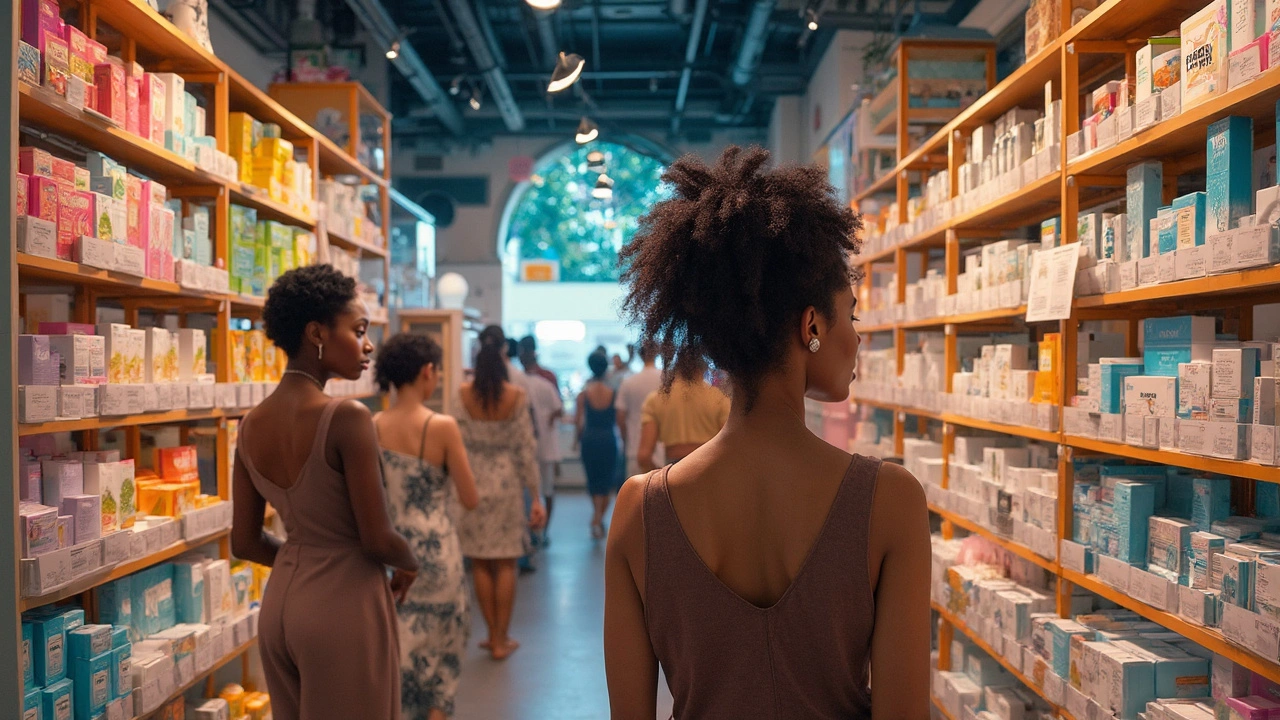Acne Treatment 2025: Smarter, Safer Choices
Acne care in 2025 is less about one big pill and more about matching the treatment to your skin and life. Newer approaches mix proven basics — like retinoids and benzoyl peroxide — with targeted options such as hormonal therapy, light-based treatments, and gentler alternatives to high-dose isotretinoin. This guide gives clear, usable options so you can pick what makes sense right now.
Quick options that actually work
Topical retinoids: Adapalene and tretinoin are still the backbone for most acne. They clear clogged pores and reduce breakouts over weeks. Use at night, start slowly (every other night), and always pair with a lightweight moisturizer and sunscreen during the day.
Benzoyl peroxide and salicylic acid: Benzoyl peroxide kills acne bacteria; salicylic acid helps exfoliate inside the pore. Both work well as spot treatments or daily products. If your skin gets dry or red, cut back frequency rather than stop entirely.
Azelaic acid and topical dapsone: Great for sensitive skin and acne that sits with redness. Azelaic acid can help dark spots too. Dapsone gel is useful for inflammatory acne and often combines well with other topicals.
Oral antibiotics: Doxycycline and minocycline still help moderate inflammatory acne. Use them short-term (usually 3 months) and combine with topical therapy to reduce resistance.
Hormonal options: For women, combined birth control pills and spironolactone (commonly 50–200 mg/day) can make a big difference when acne is hormone-driven. These work slowly but often lead to lasting improvement.
Light and laser therapies: Blue light, IPL, and photodynamic therapy can reduce bacteria and inflammation without systemic drugs. They’re handy if you want to avoid or limit oral meds, but expect multiple sessions and extra cost.
Isotroin alternatives: If isotretinoin feels risky, there are lower-dose regimens, combination therapies, and non-oral routes to consider. Our site article “Top Alternatives to Isotroin for Acne Treatment in 2024” walks through pros and cons in plain language.
How to pick what fits you
Start simple. Use a gentle cleanser, a single active (retinoid or benzoyl peroxide), a non-comedogenic moisturizer, and daily sunscreen. Give one change 8–12 weeks before judging results. If that’s not enough, step up: add a second topical or ask about a short oral course.
Think about side effects and convenience. Topical options are low-risk and easy to stop. Hormonal treatments suit people with cycle-linked flares. Lasers suit those who want fewer meds. If pregnancy is possible, avoid or strictly manage retinoids.
See a dermatologist when acne scars start forming, when over-the-counter approaches fail, or when acne affects your mood. A doctor can tailor a plan, monitor safety, and explain newer choices like low-dose regimens or combination care.
Stick to the routine, protect your skin from sun, and be patient. Acne often improves gradually, and small, consistent steps in 2025 give solid results without unnecessary risk.
Discover 6 Game-Changing Alternatives to Isofair in 2025
Exploring innovative alternatives to Isofair in 2025 is essential for those seeking personalized acne treatments. This article covers various options that cater to different skin needs and concerns. Gain insights on their efficacy, potential benefits, and drawbacks to make an informed choice. Understand how each option works and which one might be the most suitable for your unique skin condition. Empower yourself with knowledge to take control of your skin health.
More
